Goddess Gayatri is worshipped as Veda Mata or the mother of Vedas. According to a holy legend, Goddess Gayatri is considered Brahma, Vishnu, Shiva, and Vedas. It is believed that her four heads represent the four Vedas. She is sitting on Lotus. The ten hands of Goddess Gayatri are the symbols of Lord Vishnu. She is believed to be the second consort of Lord Brahma. As per the legend, Goddess Gayatri appeared in the form of knowledge on the eleventh day of the Shukla Paksha of Jyeshta month. Hence, the day marks the celebration of Gayatri Jayanti. Sage Vishwamitra shared the knowledge with the world.
Gayatri Jayanti is a celebration of worshiping Aadi-Shakti Gayatri. The entire Universe originated from Gayatri. Sage Vishwamitra first uttered the Gayatri Mantra on the occasion of Gayatri Jayanti. The day is celebrated yearly with prayers and pujas devoted to Goddess Gayatri. Gayatri mantra is chanted. Satsangs and bhajans are sung in praise of the Goddess. Gayatri Jayanti is the birth anniversary of Goddess Gayatri, the Goddess of Veda. It is believed that Goddess Gayatri is a manifestation of all phenomenal attributes of Brahman. She is worshipped as the Goddess of Hindu Trimurti. She is the mother of all Gods and embodiment of Goddess Saraswati, Goddess Parvati, and Goddess Lakshmi. Gayatri Jayanti is observed during Shravana Purnima in several places, which usually coincides with Upakarma day.
During this ritual, Brahmins who wear the ‘janeyu’ or the sacred thread chant the Gayatri mantra 108 times. The Gayatri Jayanti day is celebrated with full fervor all across India. It is popularly called Gayatri Jayanti or Gayatri Pratipada in the Telangana and Andhra regions as it falls on the Padyami or Pratipada tithi.
Rituals During Gayatri Jayanti
- Brahmins get up before sunrise and take an early bath on the day of Gayatri Jayanti. They first offer prayers to their deities to get enlightened with knowledge and wisdom.
- After finishing the initial puja rites, Brahmins continuously chant the Gayatri Mantra 108 or 1008 times. The mode and sequence of performing this ritual depend on the mutt affiliation. The Gayatri Jayanti ritual is performed in the morning and within the specified time.
- Not only Brahmins but any individual can perform the Gayatri Jayanti ritual. A Brahmachari (one who follows celibacy), a Grihastha (householder), or even one in ‘Vanaprastha’ (old age) can selflessly chant this mantra with a pure conscience.
- Gayatri’s mantra is dedicated to Sun God. It is believed to be highly meritorious to chant Gayatri Mantra three times during the day, in the morning when the sun rises, at noon when Sun reaches its apex, and in the evening when the Sun sets. Gayatri Mantra unites the individual with the Supreme Power, the Almighty.
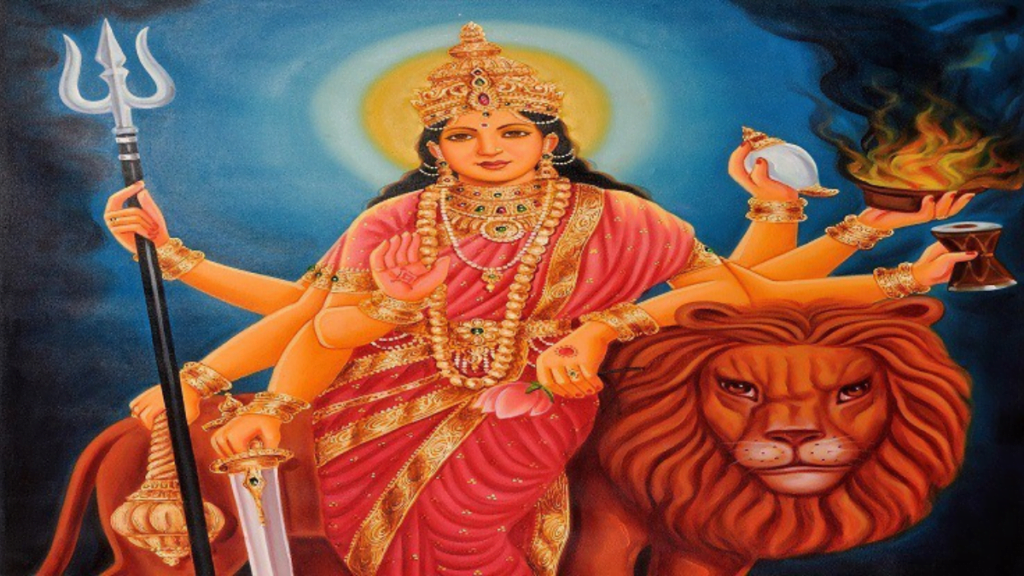
Significance of Gayatri Jayanti
Gayatri Jayanti is the day when Sage Vishwamitra first uttered Gayatri Mantra. Some people also believed that Goddess Gayatri, the Mother of Vedas, appeared on the earth on the day. The supremacy of Gayatri Mantra is narrated in Hindu religious scriptures and Puranas. The greatness of this mantra has been known since the Vedic times. As per the legends, Goddess Gayatri is the Supreme Goddess and is worshipped as Mother Goddess. Devi Gayatri bestowed her devotees with all spiritual and worldly happiness. Gayatri’s mantra frees the individual from all sins.
Celebrations and Rituals
Devotees offer special prayers and pujas to Goddess Gayatri. People from different walks of life gather to offer their respect and devotion through prayers and puja conducted by Pandits. Satsangs and Kirtans are organized on this day, and the Gayatri Mantra is chanted. If devotees chant the Gayatri mantra, then no other mantras need to chant as the Gayatri mantra is highly sacred. One must recite the Gayatri mantra thrice a day, preferably in the morning, afternoon, and evening. It is believed that chanting the Gayatri mantra relieves the devotees from the miseries and hardships of life.
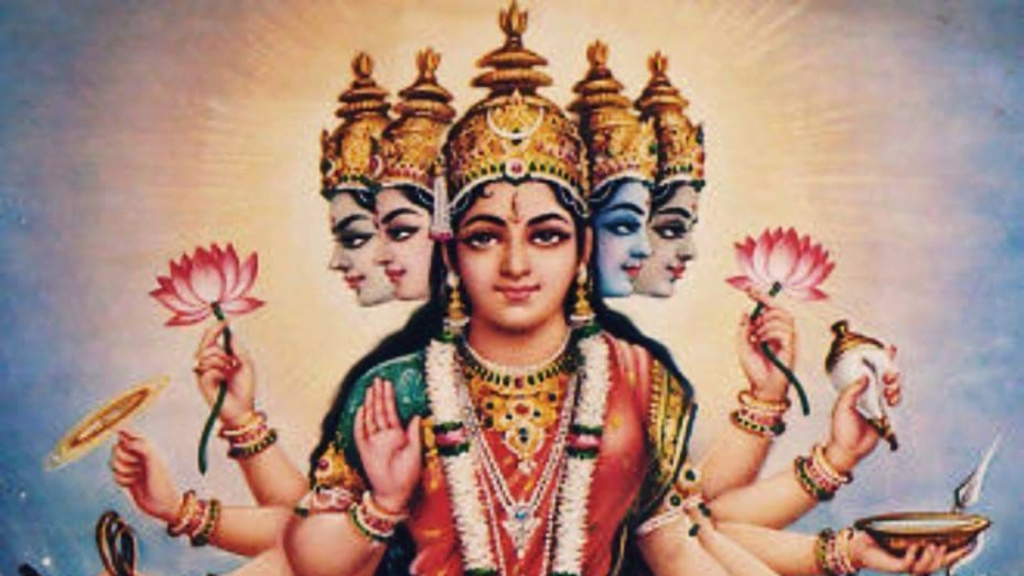
Meditation on Gayatri
“Om bhur bhuvah svah tat savitur varenyam;
Bhargo devasya dheemahi dhiyo yo nah prachodayat. “

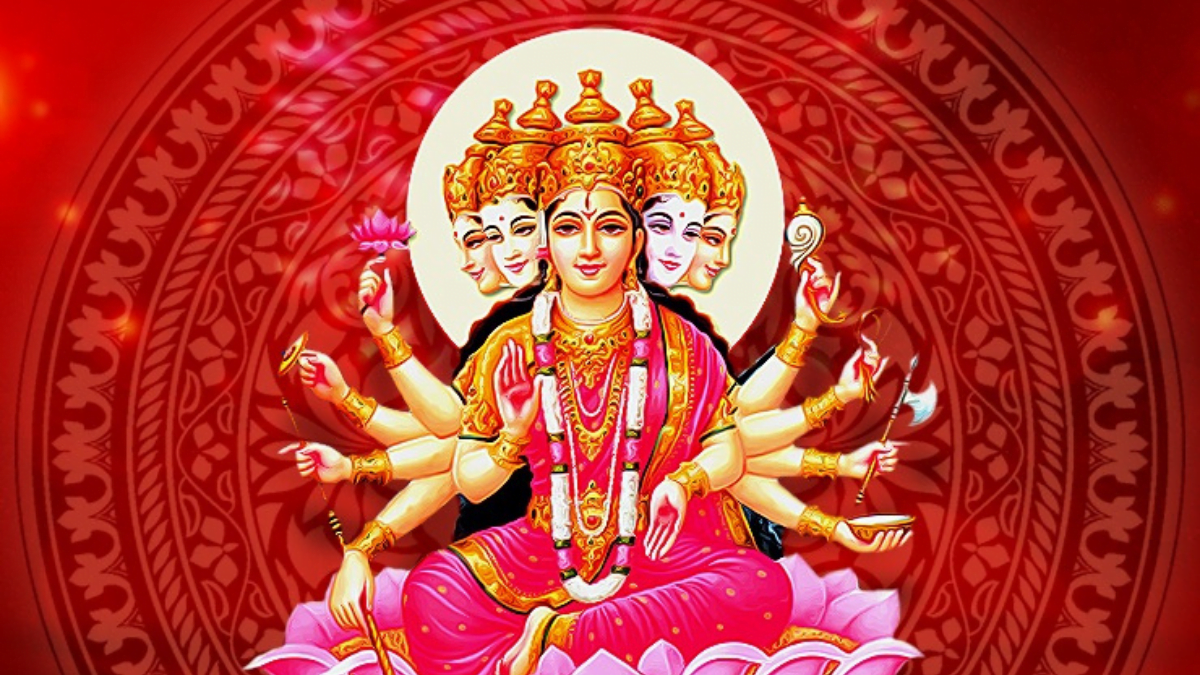











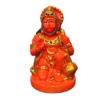
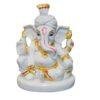




Add comment